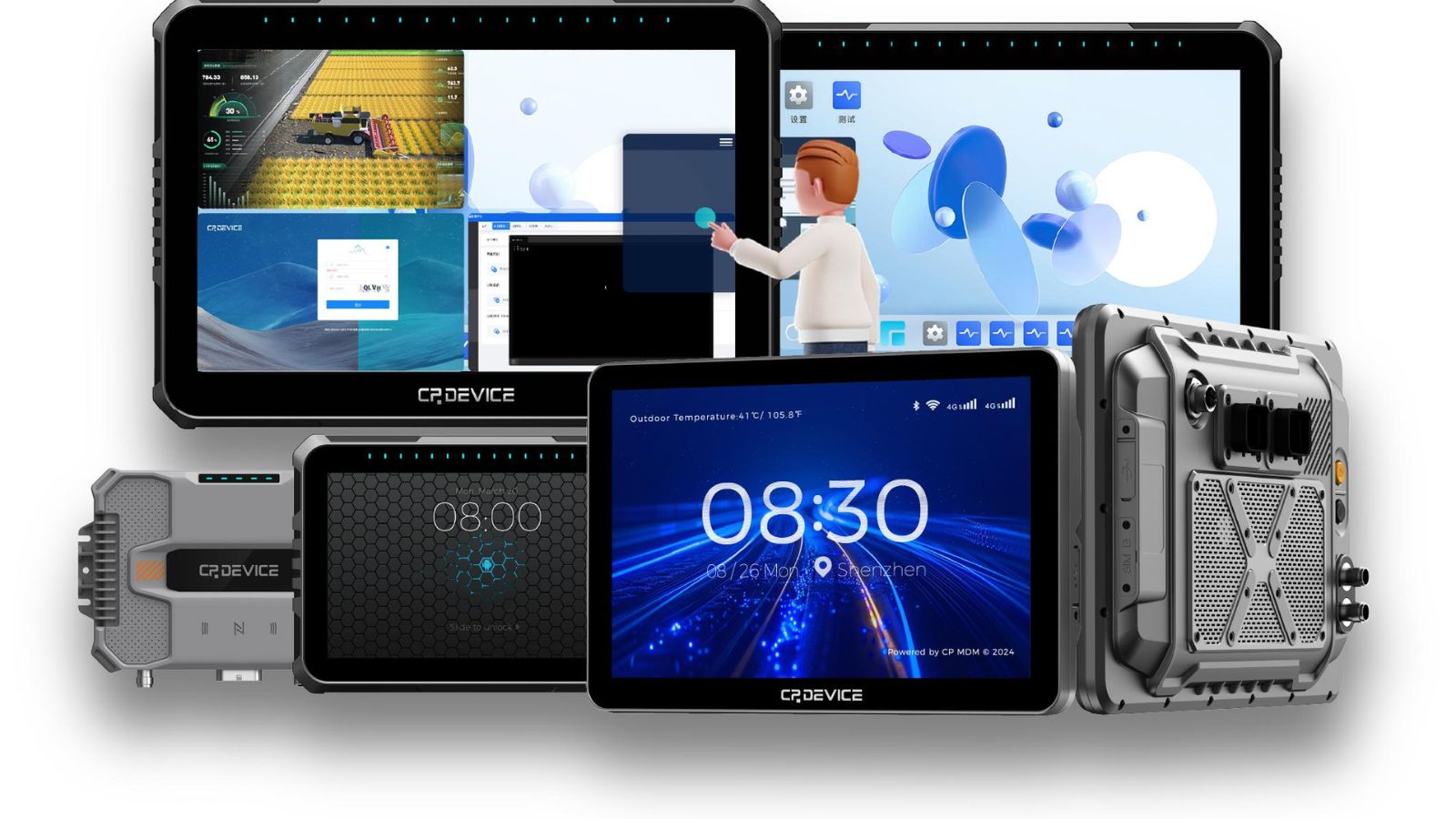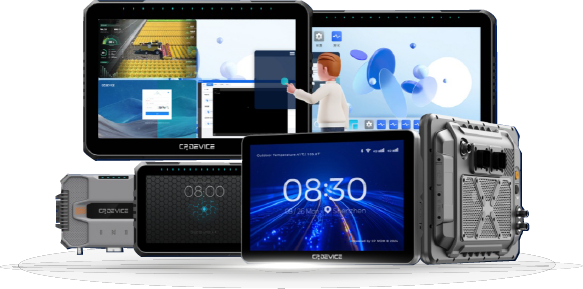
Tablets have become indispensable tools in airports, transforming the travel experience for passengers, staff, and operators alike. From streamlining operations to enhancing customer service, these portable devices are revolutionizing how airports function. This article explores the multifaceted role of tablets in modern airports, focusing on their applications in passenger services, security, and operational efficiency.
Tablets are widely used to improve the passenger experience by providing convenience and access to information. Many airports, such as Newark Liberty International Airport, have deployed thousands of iPads in dining and waiting areas to streamline food service. Passengers can browse menus, place orders, and pay directly from tablets, often equipped with credit card scanners. These devices also allow travelers to check flight statuses, scan boarding passes for updates, or browse the web while waiting, reducing the stress of long layovers. For example, United Airlines’ Terminal C at Newark installed 6,000 iPads in 2013 to enhance food and beverage services, a trend that has since expanded to other airports.
Beyond dining, tablets serve as information kiosks, helping passengers navigate complex airport terminals. With touchscreen interfaces and dedicated apps, travelers can access maps, locate gates, find amenities like restaurants or restrooms, and stay updated on flight schedules. This was one of the earliest uses of tablets in airports and remains popular due to its simplicity and effectiveness. Airports like Heathrow and Gatwick in the UK have implemented tablet-based kiosks to provide real-time flight information, reducing information overload and improving wayfinding for passengers.
Tablets are critical for airport staff, enabling more efficient operations across various roles. At check-in counters, airlines like Tiger Air in Australia have equipped staff with iPads to reduce queue times. Using purpose-built apps, employees can check passengers in, allocate seats, and manage upgrades directly from the tablet, allowing them to move away from fixed counters and assist travelers more flexibly. This mobility has significantly cut wait times and improved the check-in process.
In the cockpit and cabin, tablets have replaced paper-based systems, reducing paperwork and enhancing productivity. Pilots use tablets to access operational alerts, flight plans, and weather updates, streamlining pre-flight preparations. British Airways, for instance, began equipping pilots with iPads to replace physical notices, improving efficiency and reducing errors. Similarly, flight attendants use tablets to manage in-flight services, such as tracking passenger preferences or processing onboard purchases, as seen with Lufthansa’s initiative to provide iPad Minis to its 20,000 cabin crew members.
Airports also use rugged tablets, like the Getac F110, for specialized tasks. These devices offer laptop-like performance in a portable, durable form factor, ideal for vehicle-mounted operations or fieldwork. They support industry-specific applications, such as barcode scanning or real-time data collection, helping staff monitor wait times, conduct passenger surveys, or manage logistics. Such versatility makes tablets invaluable for maintaining operational efficiency in demanding airport environments.
Tablets play a significant role in airport security, both for passengers and screening processes. The Transportation Security Administration (TSA) requires passengers to remove tablets larger than a cell phone from carry-on bags and place them in separate bins for X-ray screening. This rule, implemented to ensure clear imaging, applies at most U.S. airports, though some with advanced CT scanners may not require it. Passengers are advised to pack tablets in easily accessible bags to expedite the process and avoid delays.
For security personnel, tablets enhance checkpoint efficiency. Rugged tablets with barcode scanning or real-time data capabilities allow officers to verify passenger information or monitor screening processes. These devices are particularly useful in high-traffic environments, where quick access to data can prevent bottlenecks. Additionally, tablets used in security settings are often equipped with secure apps to protect sensitive information, ensuring compliance with aviation regulations.
Despite their benefits, the use of tablets in airports comes with challenges. Maintenance and sanitation are ongoing concerns, particularly for public-facing devices. During the COVID-19 pandemic, some airports, like Newark, reduced tablet functionality to display QR codes instead of full ordering systems to minimize contact, highlighting the need for regular cleaning protocols. Additionally, unreliable Wi-Fi in some terminals can hinder tablet performance, frustrating passengers who rely on them for information or services.
Security risks are another consideration. Public Wi-Fi networks, commonly used by tablets in airports, pose cybersecurity threats. Travelers are advised to use virtual private networks (VPNs) or personal hotspots to protect their data when accessing the internet on tablets. For airport operators, ensuring that tablets are locked to prevent unauthorized app downloads or tampering is critical to maintaining system integrity.
As technology evolves, tablets are likely to become even more integral to airport operations. Advanced CT scanners may eventually eliminate the need to remove tablets during security screenings, simplifying the process for passengers. Meanwhile, innovations like the iFly EFB Aviation Tablet, designed specifically for pilots, demonstrate the potential for specialized devices to meet niche aviation needs.
Airports are also exploring interactive installations to keep passengers engaged. For example, Heathrow’s Terminal 4 Observation Deck uses tablets with the Flightradar24 app to allow travelers to track live air traffic, enhancing the airport experience for aviation enthusiasts. Similarly, child-friendly gaming stations with tablets, like those at Vnukovo Airport in Russia, cater to younger travelers, making airports more welcoming for families.
Tablets have transformed airports into more efficient, passenger-friendly environments. From enabling seamless check-ins and in-flight operations to providing real-time information and entertainment, these devices are at the heart of modern air travel. While challenges like maintenance and cybersecurity persist, the benefits of tablets far outweigh the drawbacks. As airports continue to adopt cutting-edge technologies, tablets will remain a cornerstone of innovation, ensuring smoother, more enjoyable journeys for travelers worldwide.
















*We respect your confidentiality and all information are protected.

Whether you are looking for a rugged device that can handle extreme cold or heat, a compact device that can fit in tight spaces, or a versatile device that can support multiple applications and accessories, you will find the right solution among these top 10 vehicle mounted computer manufacturers.

In this post, we’ll examine the technology itself and see how it is being deployed far beyond traditional passenger cars into the most demanding professional environments.

These numerous practical communication modes provide comprehensive, multi-dimensional pathways for various operational needs, destined to become a crucial part of ultimately achieving intelligent transformation for traditional operations.
